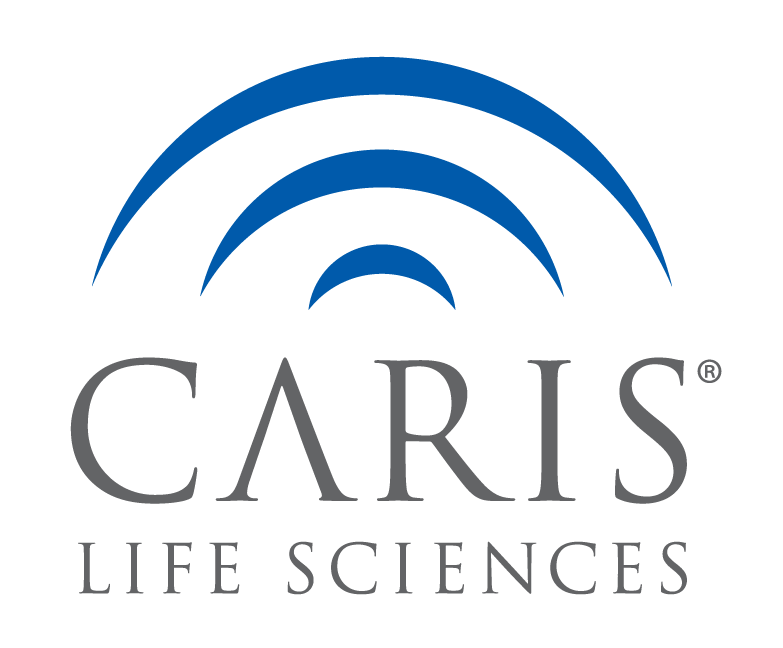Abstract
Purpose: NRG1 gene fusions are rare but potentially actionable oncogenic drivers that are present in some solid tumors. Details regarding the incidence of these gene rearrangements are lacking. Here, we assessed the incidence of NRG1 fusions across multiple tumor types and described fusion partners.
Experimental design: Tumor specimens submitted for molecular profiling at a Clinical Laboratory Improvement Amendments (CLIA)-certified genomics laboratory and that underwent fusion testing by anchored multiplex PCR for targeted RNA sequencing were retrospectively identified. The overall and tumor-specific incidence was noted, as was the specific fusion partner.
Results: Out of 21,858 tumor specimens profiled from September 2015 to December 2018, 41 cases (0.2%) harbored an NRG1 fusion. Multiple fusion partners were identified. Fusion events were seen across tumor types. The greatest incidence was in non-small cell lung cancer (NSCLC, 25), though this represented only 0.3% of NSCLC cases tested. Other tumor types harboring an NRG1 fusion included gallbladder cancer, renal cell carcinoma, bladder cancer, ovarian cancer, pancreatic cancer, breast cancer, neuroendocrine tumor, sarcoma, and colorectal cancer.
Conclusions: NRG1 fusions can be detected at a low incidence across multiple tumor types with significant heterogeneity in fusion partner.

